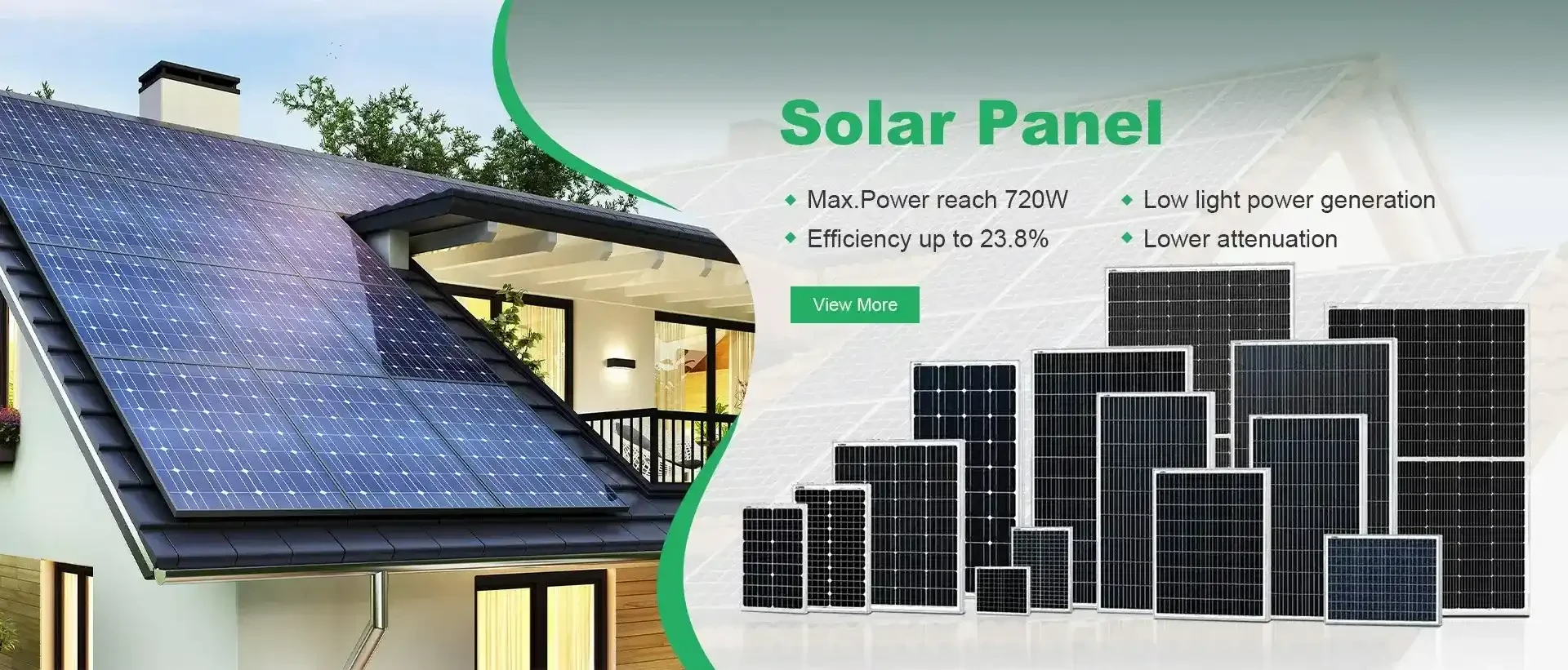Affordable Solar Solutions for Homeowners to Reduce Energy Bills
Understanding the Cost of Solar Energy for Homes
In recent years, the adoption of solar energy as a primary source of power for homes has witnessed significant growth. As concerns over climate change, energy independence, and rising electricity prices continue to escalate, many homeowners are considering the investment in solar energy systems. However, a key factor in making this decision often comes down to the cost — specifically, the price of solar installations for homes.
The Components of Solar Energy System Pricing
The price of a home solar energy system does not just hinge on the panels themselves. Several components contribute to the overall cost
1. Solar Panels The most visible part of any solar system, panels convert sunlight into electricity. The price varies widely based on the type, efficiency, and brand. On average, solar panels range between $0.70 and $1.50 per watt. High-efficiency panels tend to be on the higher end of this spectrum, but they also generate more electricity, which can save homeowners money in the long run.
2. Inverters These devices convert the direct current (DC) generated by solar panels into alternating current (AC) used in homes. The type of inverter chosen can significantly impact costs, and it typically ranges from $1,000 to $3,000 per system.
3. Installation Costs Labor and installation costs can vary based on the region and the complexity of the installation. Typically, installation can account for 10-20% of the total system cost. It is essential for homeowners to get multiple quotes from reputable installers to ensure a fair price.
4. Permitting and Inspection Local regulations often require permits and inspections, which can add additional costs to the total price. These costs vary based on the local government's policies and can range from hundreds to thousands of dollars.
5. System Size The cost of a solar system is generally calculated on a price-per-watt basis. Larger systems may have a lower per-watt cost due to economies of scale. Average-sized residential systems are typically between 5kW and 10kW.
The Average Cost of Solar Systems
As of 2023, the average cost of a residential solar panel system in the United States is approximately $15,000 to $25,000 before any tax credits or incentives. When considering federal tax incentives, such as the Investment Tax Credit (ITC), which can reduce the cost by 26%, the effective price can drop significantly.
Many states also offer additional incentives, rebates, or performance-based incentives, further reducing upfront costs. This landscape means that homeowners can often obtain solar panels at a lower net cost than what appears on the initial estimates.
solar for home price

Financing Options for Home Solar Systems
Given that the upfront cost can be a barrier, various financing options now exist to help homeowners transition to solar energy
1. Cash Purchase This is straightforward but requires significant upfront investment.
2. Solar Loans Many companies offer financing options that allow homeowners to spread the cost over several years. These loans can be secured or unsecured and often have competitive interest rates.
3. Leasing Some homeowners choose to lease their solar panels instead of purchasing them outright. This arrangement allows individuals to pay a fixed monthly payment rather than an upfront cost, but the lease company typically owns the system and is responsible for maintenance.
4. Power Purchase Agreements (PPAs) Similar to leasing, with a PPA, homeowners pay for the electricity produced by the solar panels at a set rate, usually lower than their utility rates, making it a cost-effective solution.
Long-Term Savings and Benefits
While the initial price of a solar panel system can seem daunting, the long-term benefits often provide a compelling reason to invest. Homeowners can expect to save on electricity bills, sometimes recovering the total installation cost within 5 to 10 years, depending on energy consumption and local electricity rates.
Moreover, solar energy systems can increase property value. Studies have shown that homes with solar energy systems sell for higher prices than those without. This added value, combined with energy independence and environmental benefits, makes solar energy an attractive option for many homeowners.
Conclusion
The decision to invest in solar energy for homes ultimately comes down to understanding the costs involved and weighing them against the array of benefits. As solar technology continues to advance and become more affordable, it will likely play an increasingly vital role in the future of residential energy. Homeowners willing to explore financing options and local incentives can find a path to sustainable energy that not only suits their budgets but also contributes positively to the environment.
-
String Solar Inverter: The High-Efficiency Solution for Smart Solar EnergyNewsJul.14,2025
-
Revolutionizing Rooftop Energy with the Power of the Micro Solar InverterNewsJul.14,2025
-
Power Independence with Smart Off Grid Solar Inverter SolutionsNewsJul.14,2025
-
On Grid Solar Inverter: Powering the Future with Smart Grid IntegrationNewsJul.14,2025
-
Monocrystalline Solar Panels: High-Efficiency Power for the Future of Clean EnergyNewsJul.14,2025
-
Bifacial Solar Panel: A Smarter Investment for Next-Generation Energy SystemsNewsJul.14,2025







